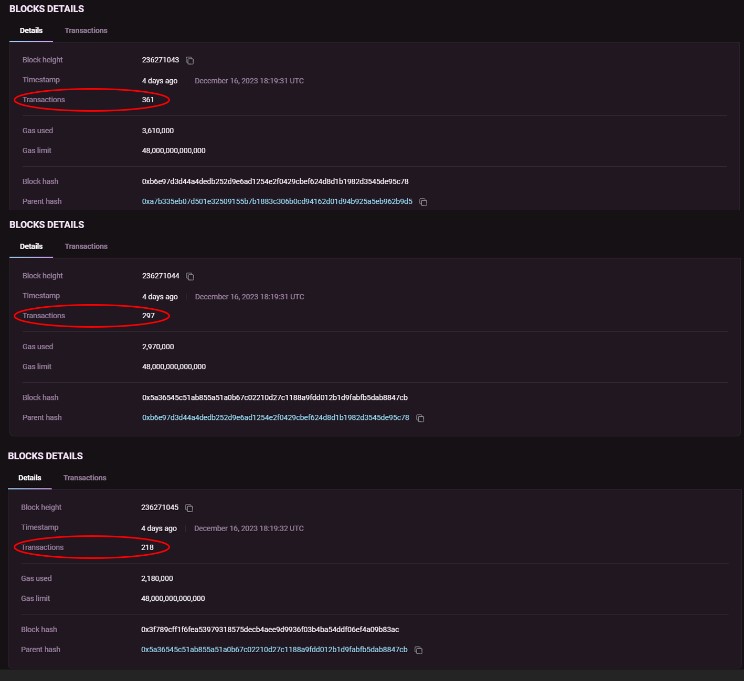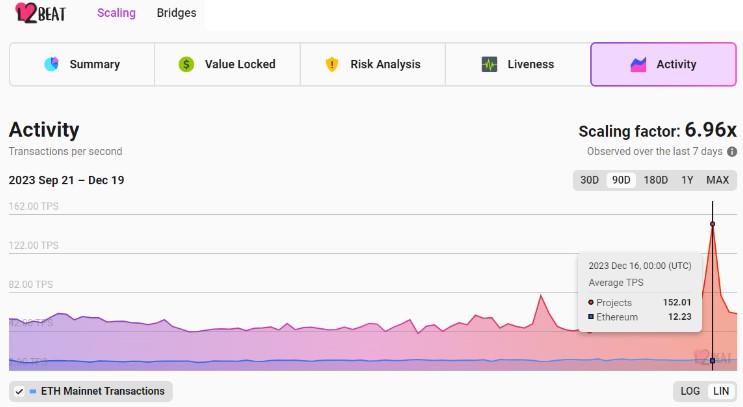Layer 2 (L2) blockchain Eclipse and developer-oriented bridge Neon EVM have formed a new collaboration to implement changes in the blockchain landscape, increasing interoperability and scalability with the integration of Ethereum (ETH) and Solana (SOL).
Aiming to combine the capabilities of both blockchains, Eclipse has consolidated the compatibility between the Ethereum Virtual Machine (EVM) and the Solana Virtual Machine (SVM) by deploying Neon Stack.
Solana And Ethereum Integration
The primary objective of this collaboration is to integrate Solana’s transaction handling capabilities, which can process thousands of transactions per second, into Ethereum.
This integration will be facilitated by Neon Stack, a standardized development stack that enables smart contract developers to achieve Ethereum Virtual Machine compatibility on Solana Virtual Machine-based blockchain networks. Eclipse plans to leverage Neon Stack on its SVM L2 to facilitate this integration.
The Neon Stack consists of Neon EVM smart contracts and Neon Proxy. It has been live on the Solana mainnet since July 2023. It has deployed numerous Ethereum-native Solidity decentralized applications (dApps), including decentralized finance (DeFi), gaming, and decentralized exchanges (DEXs), on Solana from its existing codebase.
Neon EVM-Eclipse Partnership For Cross-Chain Development
Davide Menegaldo, Chief Commercial Officer (COO) of Neon EVM, expressed enthusiasm for Neon Stack and the collaboration, stating:
With Neon Stack, we are paving the way for high-performance, scalable dApps infrastructure that transcends the limitations of traditional blockchain architectures and redefines computational efficiency. We are pleased to see Eclipse as the first industry partner to utilize the Neon Stack.
On the other hand, Neel Somani, founder of Eclipse Labs, the company behind the development of the Layer 2 blockchain, also emphasized the importance of the partnership, saying:
Our collaboration with Neon Stack enables developers to seamlessly deploy their dApps from EVM chains to Eclipse, further strengthening the harmonization between Solana and Ethereum. Solidity developers who wish to build on a high-performance L2 that leverages the strengths of the SVM can finally do so.”
Interestingly, the Ethereum ecosystem hosts over 13,000 dApps, with only a small fraction, 0.4%, cross-chained with Solana. This collaboration between Neon EVM and Eclipse could also provide further opportunities for developers to build new dApps with the new integration.
In sum, it is believed that developers will be able to build advanced dApps that leverage the features of Ethereum and Solana, along with their respective native ecosystems and virtual machines, by leveraging the design of the NEON Stack and Eclipse.
As of the current update, the native token of NEON EVM, NEON, is trading at $1.0135. It has shown a 2.6% recovery over the past 24 hours, aligning with the overall positive movement in the cryptocurrency market. However, during the past 7 days, the token has witnessed a price decline, experiencing a nearly 8% drop.
Featured image from Shutterstock, chart from TradingView.com

